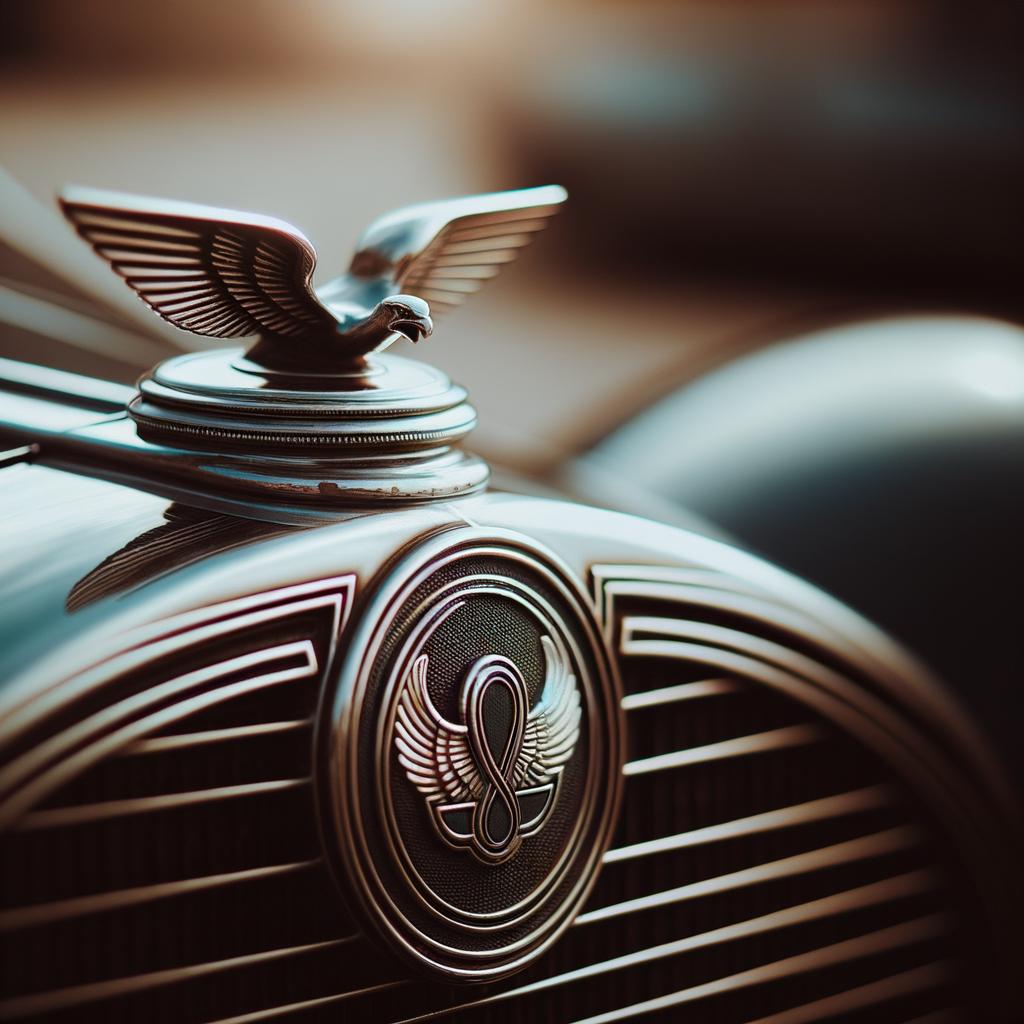There are those who will argue, until they’re blue in the face mind you, that modernity – in its relentless pursuit of the newest, fastest, most seamless thingamajig on the market – has brought with it an overwhelming sense of progress. They’ll wield their smartphones and electric cars like AmEx platinum cards, as staunch badges of honor, evidence of their forward-thinking bent. I, however, am not one of those people.
Oh, don’t get me wrong. There are conveniences that come with the passing of time for which I’m grateful. I appreciate the dishwasher, for instance, or the vacuum cleaner. They’ve saved me many an hour of tedium over my fifty-something years. I’ve lived long enough in my small Schenectady house to remember days of wringing dishcloths and lugging around heavy vacuum bags.
But let’s pause there for a moment, shall we? Instead of hurtling at breakneck speed towards the future as we seem wont to do these days, let’s idle our engines and reminisce. Specifically, let me steer your thoughts towards the charm of vintage cars, a charm this writer feels is quickly being forgotten in our Tesla-driven era.
A vintage car is more than just a vehicle. It is a tangible, revving reminder of an era in which things were made to be cherished, not disposed of; to be carefully nurtured, not easily replaced. In a world encapsulated by previously unimaginable levels of connectivity, a vintage motorcar, resplendent in its horsepower-reliant antiquity, provides a binding, physical link to the days gone by; each growl of its engine a nostalgic nod to a simpler time when ’tweeting’ was something only birds did, not billionaires.
Growing up in Schenectady in the early ’70s, my pals and I would clamor excitedly to the town square every summer to catch a glimpse of the annual vintage car rally. Our small town revelry certainly wasn’t the ‘Pebble Beach Concours d’Elegance’, but what it lacked in glamour, it made up with sheer joy and enthusiasm. I still remember the infectious applause as Mr. Pelson, a retired mechanic and our neighborhood’s epitome of cool, steered his ‘51 Chevy Fleetline down State Street. That glossy, post-war American icon was a machine with both grunt and grace, its presence on the asphalt offering a weighty counter-narrative to today’s ephemeral digital age.
This tale, however, isn’t just about nostalgia. Vintage cars necessitate involvement, engagement. There’s a level of interaction, of connection, required in coaxing a classic start, working through the gears, solving mechanical puzzles without the aid of diagnostic computers, which refutes the cold, impersonal nature of modern technology. When you slide behind the wheel of a vintage vehicle, you’re not just a passive passenger. You’re an active driver, a crucial part of the machine, fully immersed in the physical world rather than the virtual one.
But, “Brian’s rambling,” you’re probably thinking, ”he’s romanticizing the past. Why should we care about old vintage cars?” In this Formula E future speeding towards us, wouldn’t it be quaintly traditional, a tad Luddite-ish even, to extol the virtues of gasoline-guzzling relics?
Perhaps. Or perhaps, like my Schenectady mantra “Small City, Big Heart,” these automotive works of art remind us to slow down, appreciate the fine-detail that is fast being glossed over by the touch-screen culture of disposability. Cars today are not dissimilar to consumer electronics – buy the latest model and merely wait for inevitable obsolescence. But vintage cars, with their genuine human-touch craftsmanship and attention to detail, have soul. And what’s progress if we’re running so fast towards the future that we forget to keep some of our soul?
Some mornings I find myself in the garage, furrowing my brows in patient resentment as I tinker with the old engine of my own 1969 Ford Mustang. Sure, it’s hard to start on cold winter mornings. But when it eventually purrs to life with a sense of aged vitality, the satisfaction erupting within me lasts much longer than any dopamine hit from the latest viral video. Because while technology has offered us convenience, vintage cars were built to offer experiences – experiences that resonate with heart, depth, and genuine authenticity; experiences that, in this breakneck-speed digital age, we would do well to remember.
The world may be changing at a rapid pace, and many folks in Schenectady, myself included, are just trying to keep up. But let’s not forget to occasionally put on the brakes, marvel at the rear-view mirror, and appreciate the slow and steady charm of vintage cars. After all, there’s a lot we can learn from these trusty old machines – if only we take the time to listen.



